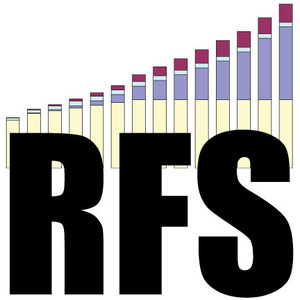OMB reviews 2018 RFS rule

May 15, 2017
BY Erin Krueger
On May 11, the U.S. EPA delivered its proposed rule for the 2018 Renewable Fuel Standards to the White House Office of Management and Budget. OMB review marks a final step before the proposal is released for public comment.
According to information posted to the OMB website, the proposal includes 2018 renewable volume obligations (RVOs) under the RFS, along with the 2109 RVO for biomass-based diesel.
The EPA’s regulatory development and retrospective review tracker shows the agency initiated development of the proposed rule in September 2016. A notice of proposed rulemaking is currently expected to be published in the Federal Register in June.
Advertisement
Advertisement
RFS RVOs for cellulosic biofuel, advanced biofuel and total renewable fuel are required to be finalized by Nov. 30 of the year prior to the year in which the standards would apply. RFS RVOs for biomass-based diesel must be set at least 14 months before the year in which the requirements would apply.
Advertisement
Advertisement
Related Stories
The USDA has announced it will delay opening the first quarterly grant application window for FY 2026 REAP funding. The agency cited both an application backlog and the need to disincentivize solar projects as reasons for the delay.
Neste and DHL Express have strengthened their collaboration with the supply of 7,400 tons (9.5 million liters) of neat, i.e. unblended, Neste MY Sustainable Aviation Fuel to DHL Express at Singapore Changi Airport starting July 2025.
CoBank’s latest quarterly research report, released July 10, highlights current uncertainty around the implementation of three biofuel policies, RFS RVOs, small refinery exemptions (SREs) and the 45Z clean fuels production tax credit.
The U.S. Energy Information Administration maintained its forecast for 2025 and 2026 biodiesel, renewable diesel and sustainable aviation fuel (SAF) production in its latest Short-Term Energy Outlook, released July 8.
XCF Global Inc. on July 10 shared its strategic plan to invest close to $1 billion in developing a network of SAF production facilities, expanding its U.S. footprint, and advancing its international growth strategy.
Upcoming Events










